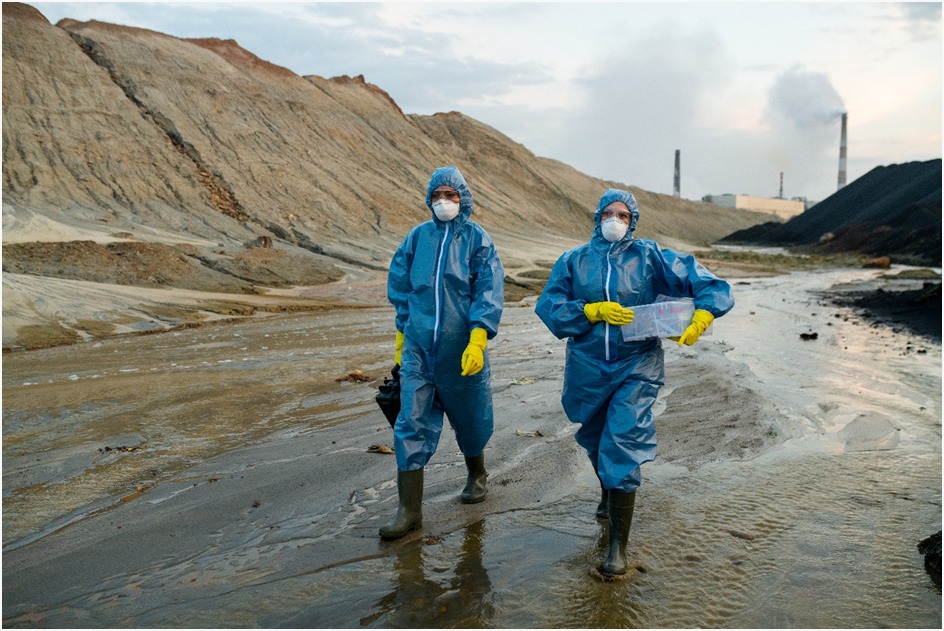Robotics & AI in hospitality industry
Business challenges
Limited GPS availability: Robots that rely on GPS for location detection may not be able to function accurately or at all in closed environments such as hotels, where GPS signals may be limited or non-existent.
Complex environments: Hotels and other hospitality environments can be complex, with multiple floors, rooms, and hallways, which can make it difficult for robots to navigate and locate specific areas or objects.
Limited sensory data: Robots may have difficulty detecting and interpreting sensory data in closed environments, which can make it challenging for them to understand their surroundings and make decisions.
Safety concerns: Robots operating in closed environments such as hotels may pose a risk to guests and staff if they are not properly programmed to avoid obstacles and people.
Privacy concerns: Some guests may not want robots roaming around their rooms or personal spaces.
Solution approach
Reinforcement Learning has become a primary driver for autonomous robots, including personal robots that act as smart pets like Anki's Cozmo and advanced robots present in hotels for food delivery.
Our company has helped one of the leading restaurants in the USA overcome the challenge of managing collisions between autonomous robots while serving food.
Our solution aims to prevent collisions between robots and workers while they move within the workplace.
We have used Deep Learning technology to address and overcome the collision issue.
Our solution is integrated with the Visual Odometry technique to determine GPS coordinates.
In addition to Visual Odometry, we use Convolutional and Recurrent Neural Networks to process 3D frames and determine the current location.
Business impact
Increased efficiency: Autonomous robots that are able to navigate and avoid collisions with the help of AI can move around the workplace more quickly and efficiently, potentially increasing productivity and reducing downtime.
Better customer service: Autonomous robots that are able to navigate and avoid collisions with the help of AI can improve the customer experience by reducing wait times and increasing the accuracy of food delivery in restaurant.
Cost savings: Autonomous robots that are able to navigate and avoid collisions with the help of AI can reduce the need for human labor and decrease the costs associated with accidents or injuries.
Improved decision-making: AI can help autonomous robots make better decisions by processing large amounts of data and identifying patterns that would be difficult for humans to detect.
Improved safety: By preventing collisions, AI can help ensure the safety of workers and customers in the workplace.



